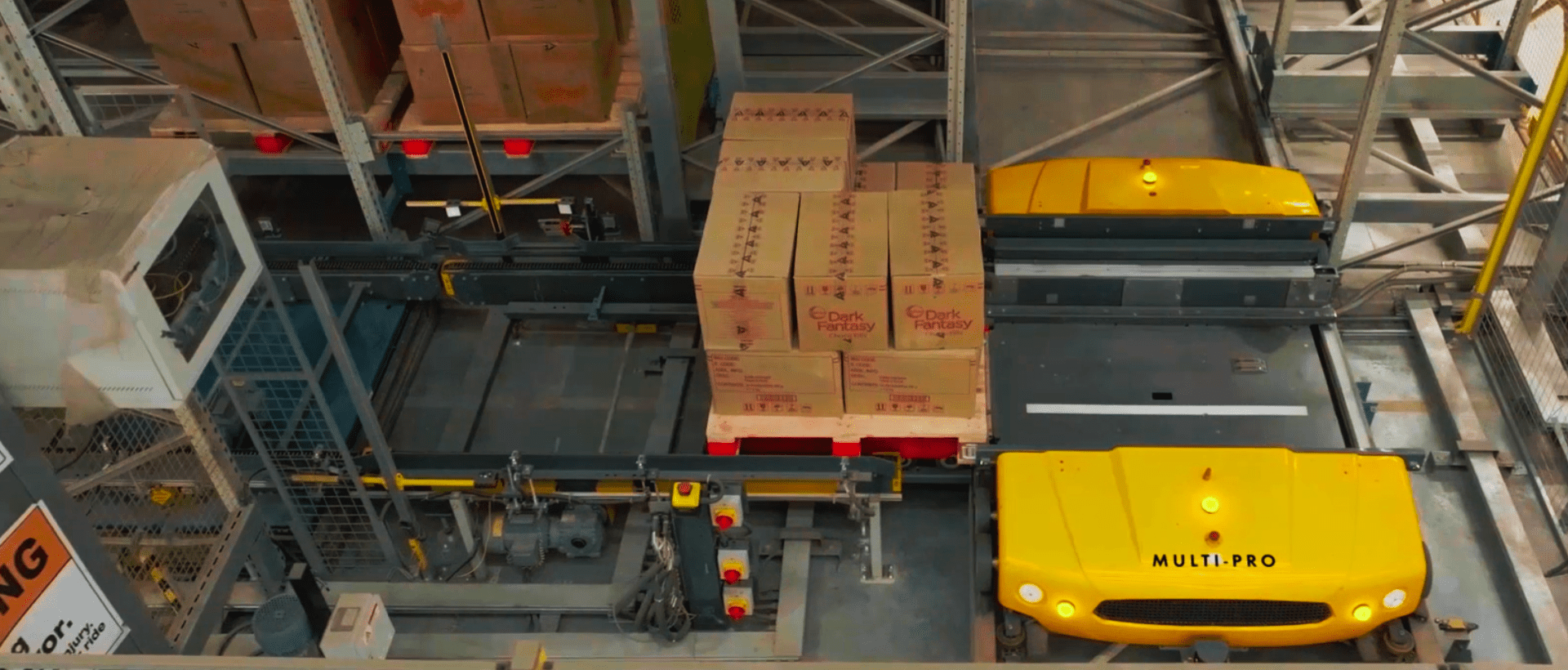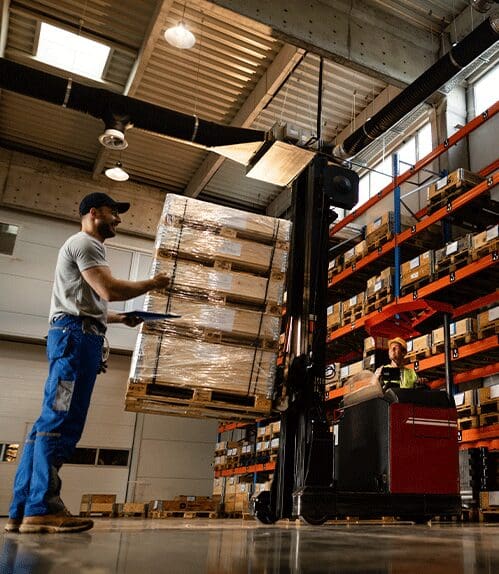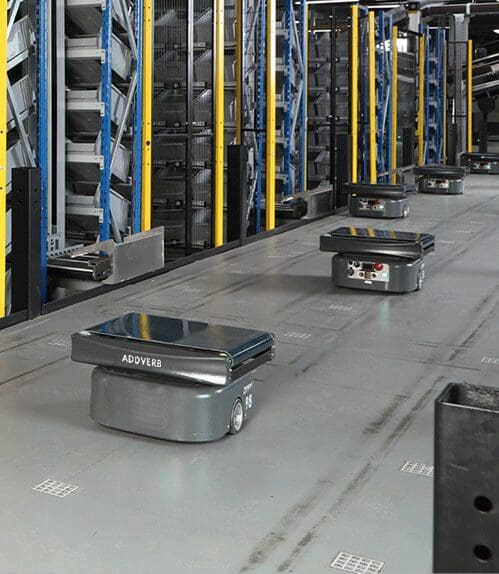Table of Contents
Customers now place high expectations on premium shipping, a trend largely driven by the “Amazon effect.” They want deliveries within a day or two, along with a seamless, enjoyable experience that includes real-time tracking updates.
Research shows that the average U.S. consumer checks their package status about 3.9 times after purchasing, yet many retailers fall short in offering easy-to-access tracking information.
Providing integrated, real-time shipping experiences is crucial for building customer trust and showcasing reliability. As same-day and two-day shipping become more common, these options are shifting from a premium service to an industry-standard in certain sectors. Retailers who can offer fast, transparent shipping experiences are likely to stand out, while those who cannot may struggle to keep pace with growing consumer expectations.
This is where Third-Party Logistics (3PL) providers come into play, acting as a bridge to ensure accurate and timely order fulfilment. With the changing dynamics of global supply chains and the surging demand from e-commerce, 3PL companies are increasingly embracing automation to remain competitive. The integration of advanced software solutions and cutting-edge technologies has allowed 3PL providers to evolve from traditional logistical roles into catalysts of efficiency and innovation.
Embracing Automation for Competitive Advantage
To meet the need for speed, 3PL companies are advancing their operations through technical innovations. With the explosion of e-commerce and customer expectations for same-day or next-day delivery, logistics providers face challenges that demand greater operational agility. By leveraging automation in the 3PL industry providers are better equipped to handle these challenges, enhancing their ability to provide scalable and flexible services.
The key innovations include:
- Automated Storage and Retrieval Systems (ASRS) to handle inventory with precision.
- Autonomous Mobile Robots (AMRs) for dynamic material handling.
- Warehouse Execution Systems (WES) for orchestrating complex warehouse operations.
- AI-powered analytics to improve demand forecasting and inventory management.
Key Areas of 3PL Automation
Pick-Pack-Ship
Automation is playing a critical role in transforming the pick-pack-ship process. The need for large-scale order fulfilment, omnichannel capabilities, and real-time tracking is pushing 3PL providers to deploy automated picking technologies and ASRS. These systems drastically reduce picking errors, improve efficiency, and streamline order fulfilment from warehouses to customers’ doorsteps.
Intelligent Order Processing
Intelligent software, combined with automation, ensures seamless coordination in order processing. AI-driven order fulfilment platforms optimize each stage of the process—picking, kitting, and assembly—while improving speed and accuracy. The integration of machine learning allows 3PLs to predict demand surges and optimize labour allocation, ensuring that resources are used efficiently during peak seasons.
Optimized Inventory Management
Advanced inventory management solutions, driven by AI, allow 3PL companies to efficiently manage storage, retrieval, and order fulfilment even during peak demand periods. Automation enables faster replenishment cycles and reduces stockout risks. AI and data analytics help in accurate forecasting, improving the ability to meet demand without overstocking or understocking inventory.
Warehouse Space Utilization
One of the key challenges faced by 3PL industry is space optimization, especially when managing multiple customers under one roof. By automating warehouse operations, 3PLs can maximize storage density. Systems like pallet shuttles and vertical lift modules (VLMs) enable better utilization of vertical warehouse space, offering higher storage capacity in a smaller footprint, and allowing more inventory to be stored and accessed efficiently.
Efficient Returns Management
Handling returns is a crucial part of the e-commerce supply chain, and it can account for a significant portion of operational costs. With automated returns processing, 3PL industry can manage returned goods more effectively. Advanced software systems enable seamless data integration across platforms, improving inventory accuracy and reducing time spent processing returns. This improves customer satisfaction while minimizing the overall impact of returns on warehouse efficiency.
Current Trends Shaping the 3PL Industry
Key Trends:
The global 3PL industry is projected to surpass $1.1 trillion by 2024. This growth is fuelled by the increasing reliance on e-commerce, where consumers expect faster, cheaper, and more accurate deliveries. As the 3PL industry scales their operations to meet these demands, automation is proving to be the most critical enabler of success.
- Robotics in Logistics: The shift toward robotics, particularly autonomous mobile robots (AMRs), is helping reduce manual workload while increasing throughput in logistics operations.
- AI and Machine Learning: The adoption of AI and machine learning for demand forecasting and order management allows 3PLs to optimize inventory levels and allocate resources preemptively during peak seasons.
- Sustainability: 3PL providers are increasingly embracing green logistics solutions, such as energy-efficient warehouses and electric vehicles for last-mile deliveries, to reduce their environmental impact.
Case Study
Mondial Relay – Robotic Sorting Solution by Addverb
Addverb successfully implemented a robotic sorting solution for Mondial Relay, a 3PL industry leader specializing in parcel delivery services. The solution integrated Robotic Sorters, drastically improving their parcel processing speed and accuracy.
Key results:
- 4x increase in parcel throughput, enabling faster deliveries.
- Reduced sorting errors, improving overall service quality.
- Scalable operations, allow Mondial Relay to handle peak volumes during busy seasons like Black Friday and Christmas.
This successful deployment showcases the value of automation for 3PLs in managing high-volume, time-sensitive logistics operations.
Read the Full Case study: Mondial Relay’s Robotic Sorting Solution
DHL – Automated Sortation System by Addverb
Addverb successfully collaborated with DHL to implement a cutting-edge Automated Sortation System, transforming their parcel handling operations. The system leveraged Robotic Sorters and advanced software to sort parcels with precision and speed.
Key achievements:
- Increased sorting capacity, handling higher parcel volumes with ease.
- Reduced operational costs by optimizing labour and time in the sorting process.
- Enhanced accuracy in parcel handling, minimizing errors and improving delivery timelines.
This successful implementation showcases how automation can significantly enhance logistics operations for large-scale 3PL providers like DHL.
Read the Full Case study: DHL’s Automated Sortation System
Overcoming Barriers to Automation
Despite its advantages, some 3PL providers are hesitant to adopt automation. Concerns around return on investment (ROI) and the flexibility of rigid automation systems for ever-changing customer needs have been top reasons for reluctance. However, modern automation solutions are evolving to address these concerns. The latest flexible and modular automation systems allow 3PL industry to scale their operations and adapt to changing demands without significant overhauls.
In addition, cloud-based software and Warehouse Management Systems (WMS) now offer scalability and integration with other systems, ensuring a smoother transition to automated workflows. With the promise of increased efficiency, better utilization of resources, and improved customer experiences, the shift to automation is becoming less of a choice and more of a necessity for 3PL industry.
Conclusion
The rise of automation in the 3PL industry is not just a trend it’s the future of logistics. By adopting advanced technologies like AI, robotics, and IoT, 3PL providers can enhance their operational capabilities, deliver better services, and stay competitive in a rapidly evolving market. For businesses partnering with 3PL providers, automation ensures faster deliveries, accurate order fulfilment, and reduced operational costs, resulting in a better customer experience.
With automation, the 3PL industry is not only meeting the current demands of e-commerce and global supply chains but is also laying the foundation for future growth and innovation.
Founded in 2016, Addverb offers complete robotics solutions for warehouse and industrial automation, with a strong global presence through its subsidiaries worldwide. The company provides a range of in-house automation products, including Autonomous Mobile Robots, ASRS, and sorting technologies. It serves over 350+ clients, including well-known companies such as Coca-Cola, Amazon, and DHL






